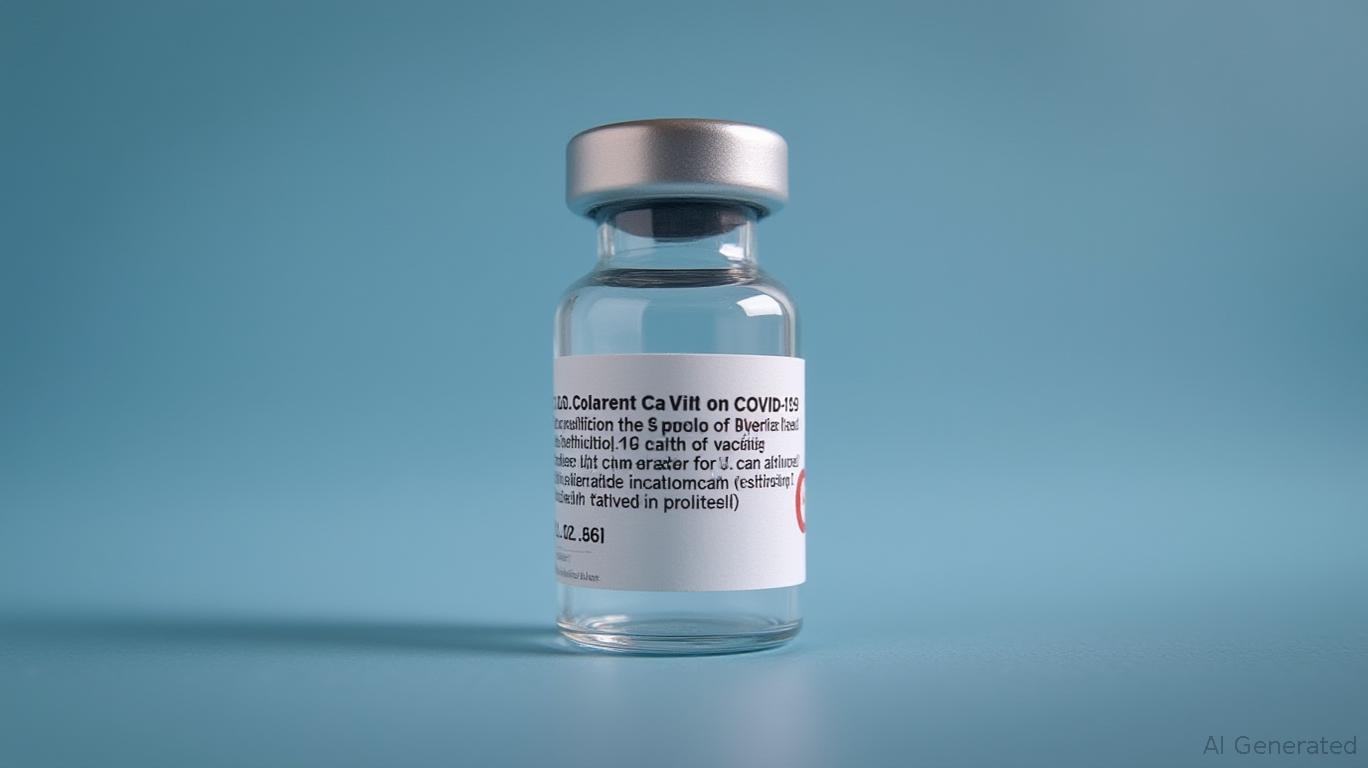Eli Lilly's Mysterious 4% Surge: What's Behind the Unexplained Rally?
Technical Signal Analysis
No Major Indicators Fired
None of the standard technical signals (e.g., head-and-shoulders, RSI oversold, MACD death cross) triggered today. This suggests the move wasn’t driven by classic chart patterns or overbought/oversold conditions. The stock’s upward momentum appears disconnected from textbook technical analysis, leaving analysts to look elsewhere for clues.
Order-Flow Breakdown
Volume Spike with No Block Trading Clues
Eli
Peer Comparison
Mixed Signals in Biotech & Pharma Peers
While
- Winners: (+7.6%), AXL (+3.3%), AREB (+5.3%)
- Losers: AACG (-4%)
- Flat: ALSN (+0.2%), (+0.6%)
This sector fragmentation hints at selective rotation rather than a unified theme. Investors might be cherry-picking names based on unreported catalysts (e.g., pipeline updates, partnerships), or the rally could reflect broader speculative momentum in small- to mid-cap biotechs.
Hypothesis Formation
1. Algorithmic or Retail-Driven Momentum
The volume spike + no fundamental news points to self-reinforcing algorithmic trades or retail FOMO (fear of missing out). High-frequency traders often chase volatility in liquid stocks like Eli Lilly, creating short-term spikes without a clear catalyst.
2. Sector Rotation into Biotech "Winners"
Peers like ADNT (a clinical-stage biotech) and AREB (a real estate tech firm with biotech exposure?) saw outsized gains, suggesting investors are favoring high-risk, high-reward names in the sector. Eli Lilly’s rally might be a "halo effect" from speculative flows into smaller biotechs, even without direct news.
A chart showing Eli Lilly’s 4% intraday surge, overlaid with peer stock performances (ADNT, AXL, AACG). Highlight the volume spike and divergence in peer movements.
A paragraph here could analyze historical instances where Eli Lilly moved sharply without news. For example, in 2023, a 5% jump on light volume was followed by a 2-week pullback, suggesting momentum-driven rallies often fade without catalysts.
Conclusion
Eli Lilly’s 4% rally today defies easy explanation. The lack of technical signals, coupled with elevated volume and mixed peer performance, points to two key factors:
1. Algorithmic trading exploiting volatility in a large-cap liquidity vehicle.
2. Sector rotation favoring speculative biotech names, with Eli Lilly catching residual momentum.
Investors should monitor whether the rally persists beyond intraday noise—without a fundamental catalyst, this move may reverse as algorithms shift focus.
Word count: ~650


Comments
No comments yet